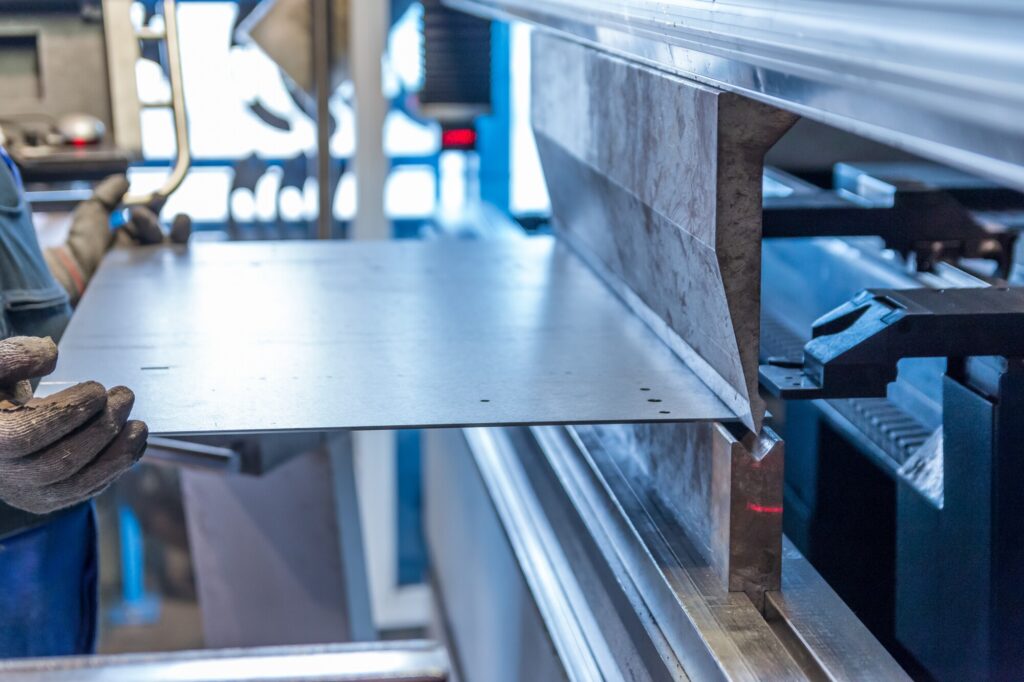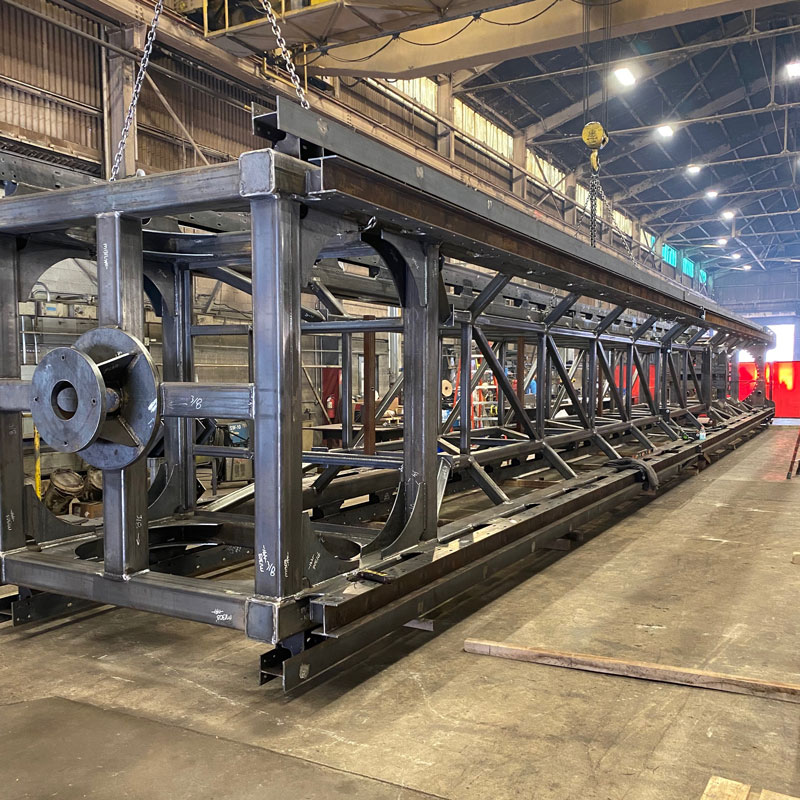Innovative Patterns in Steel Manufacture: Enhancing Durability and Accuracy
In the world of steel manufacture, the quest of durability and accuracy has caused a wave of cutting-edge trends that are reshaping the market. From improvements in welding innovations to the combination of robotic automation in fabrication procedures, the landscape of steel manufacturing is advancing swiftly. High-strength alloy advancement, coupled with the utilization of 3D modeling and simulation software program, is pressing the boundaries of what is achievable in regards to structural integrity and accuracy. The expanding emphasis on lasting methods in steel production is not just driving efficiency yet likewise fostering a much more ecologically aware method to fabrication. These trends are not simply shaping the present however also laying the groundwork for the future of steel construction, promising further improvements in resilience and precision.
Advanced Welding Technologies
In the world of steel construction, the adoption of innovative welding innovations has actually considerably changed the market's strategy to achieving remarkable quality and accuracy in structural welds. Advanced welding modern technologies, such as laser beam welding and rubbing mix welding, have actually emerged as game-changers in the field. By leveraging these sophisticated welding methods, steel producers can raise the longevity, stamina, and precision of their architectural welds, fulfilling the increasingly requiring demands of contemporary building tasks.
Robot Automation in Fabrication
Embracing robot automation has actually come to be a cornerstone of modern-day steel construction techniques, enhancing processes and boosting effectiveness throughout the industry. Robotics are transforming the method steel parts are made, offering unrivaled accuracy and rate while reducing human mistake. These automated systems can deal with repetitive jobs with constant precision, leading to greater top quality output.
One trick advantage of robot automation in steel construction is the capacity to work all the time without tiredness, considerably raising production outcome. This continuous operation reduces downtime and accelerates project timelines, eventually saving prices for manufacturers. Additionally, robotics can be configured to perform elaborate tasks that may be dangerous or challenging for human workers, enhancing safety and security in the workplace.
In addition, robot automation makes it possible for seamless assimilation with other digital modern technologies, such as computer-aided style (CAD) software program and Net of Things (IoT) systems (steel fabrication melbourne). This interconnected method improves communication in between various stages of construction, optimizing workflows and ensuring real-time monitoring and control. As the steel manufacture industry remains to evolve, robotic automation stands apart as a transformative force driving effectiveness and accuracy in manufacturing procedures

High-Strength Alloy Advancement
The innovation of high-strength alloy advancement in steel manufacture is improving the market's strategy to enhancing product longevity and efficiency. High-strength alloys are engineered to exhibit superior mechanical properties, such as increased tensile stamina, strength, and corrosion resistance compared to typical steel qualities. By incorporating these advanced alloys into fabrication procedures, makers can generate components that withstand greater stress degrees and severe atmospheres, leading to even more trusted and sturdy output.
One key advantage of high-strength alloy development is the ability to decrease material density without endangering architectural stability. This not only results in lighter-weight components however additionally contributes to cost financial savings and boosted effectiveness in fabrication and assembly processes. Furthermore, the boosted strength-to-weight ratio of these alloys permits the design and construction of frameworks with higher load-bearing capacities while minimizing general weight.
3D Modeling and Simulation Software Application
Innovations in steel fabrication processes have actually been considerably driven by the combination of advanced 3D modeling and simulation software application devices. These devices permit producers to develop thorough virtual versions of their jobs, allowing them to visualize the final item with precision before any kind of physical job begins. By mimicing numerous anxiety elements, ecological problems, and structural lots, producers can optimize styles for improved durability and performance. Furthermore, 3D modeling and simulation software program enhance the production procedure by identifying potential issues at an early stage, decreasing the demand for costly rework and lessening material waste.

Sustainable Practices in Steel Manufacturing
Incorporating lasting methods into steel manufacturing procedures is crucial for lessening ecological influence and ensuring long-lasting source availability. One vital lasting practice is the fostering of energy-efficient technologies to lower greenhouse gas emissions throughout the steel manufacturing procedure. This includes using renewable resource sources, such as solar or wind power, to power steel plants and applying energy-efficient devices to enhance energy usage.
Another crucial element of sustainable steel manufacturing is the liable sourcing of raw materials. This includes guaranteeing that the iron ore and various other sources used in navigate to this site steelmaking are acquired from honest and eco-friendly sources. By advertising openness in the supply chain and adhering to rigorous ecological standards, steel manufacturers can decrease the Recommended Site negative impacts of source removal on local communities and neighborhoods.

Conclusion
Finally, the innovative trends in steel manufacture such as advanced welding innovations, robot automation, high-strength alloy growth, 3D modeling and simulation software, and sustainable methods are enhancing the resilience and precision of steel items. These advancements are changing the steel fabrication industry by boosting sustainability, quality, and efficiency. It is clear that the future of steel construction lies in accepting these innovative innovations to fulfill the demands of modern-day construction and manufacturing markets.
In the world of steel construction, the pursuit of sturdiness and accuracy has actually led to a wave of innovative fads that are improving the market.In the realm of steel construction, the adoption of advanced welding innovations has actually considerably transformed the industry's method to accomplishing exceptional high quality and accuracy in architectural welds. As the steel fabrication sector continues to progress, robot automation stands out as a transformative force driving performance and precision in producing procedures.
Moreover, reusing and recycling steel scrap and waste products play a substantial duty in enhancing the sustainability of steel manufacturing. metal fabrication melbourne.In conclusion, the cutting-edge trends in steel construction such as sophisticated welding modern technologies, robotic automation, high-strength alloy development, 3D modeling and simulation software Read Full Report application, and sustainable methods are improving the longevity and accuracy of steel items